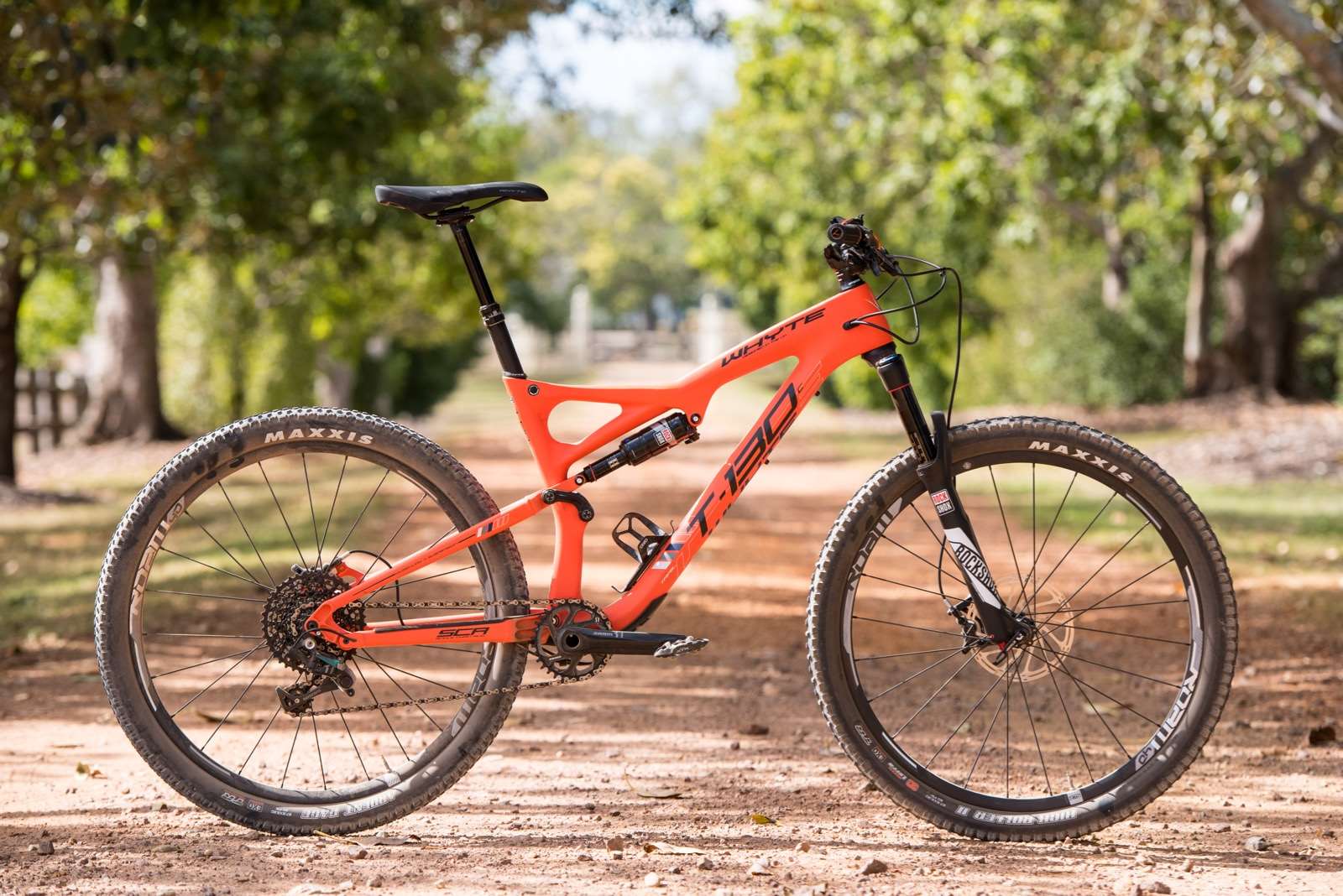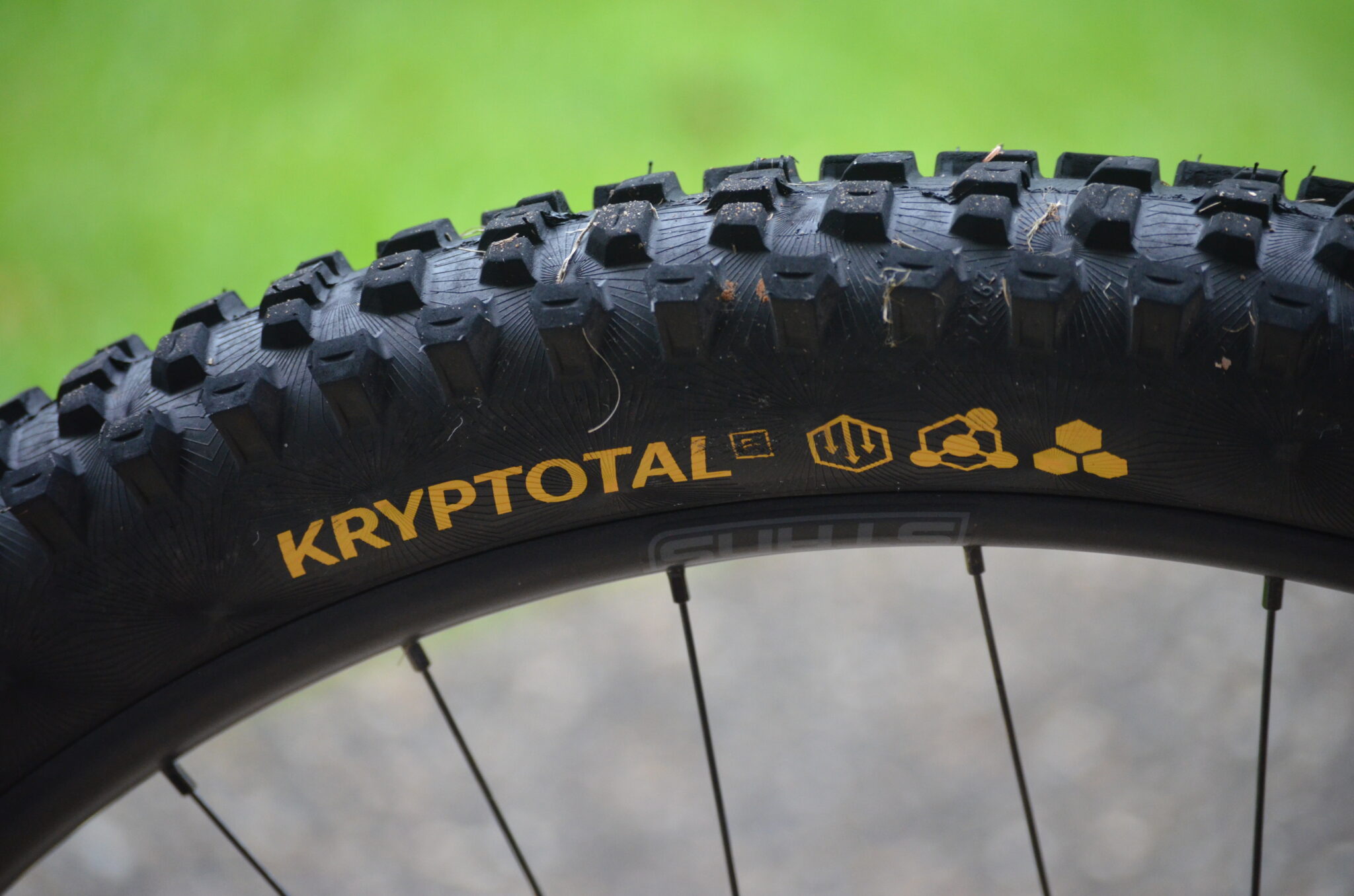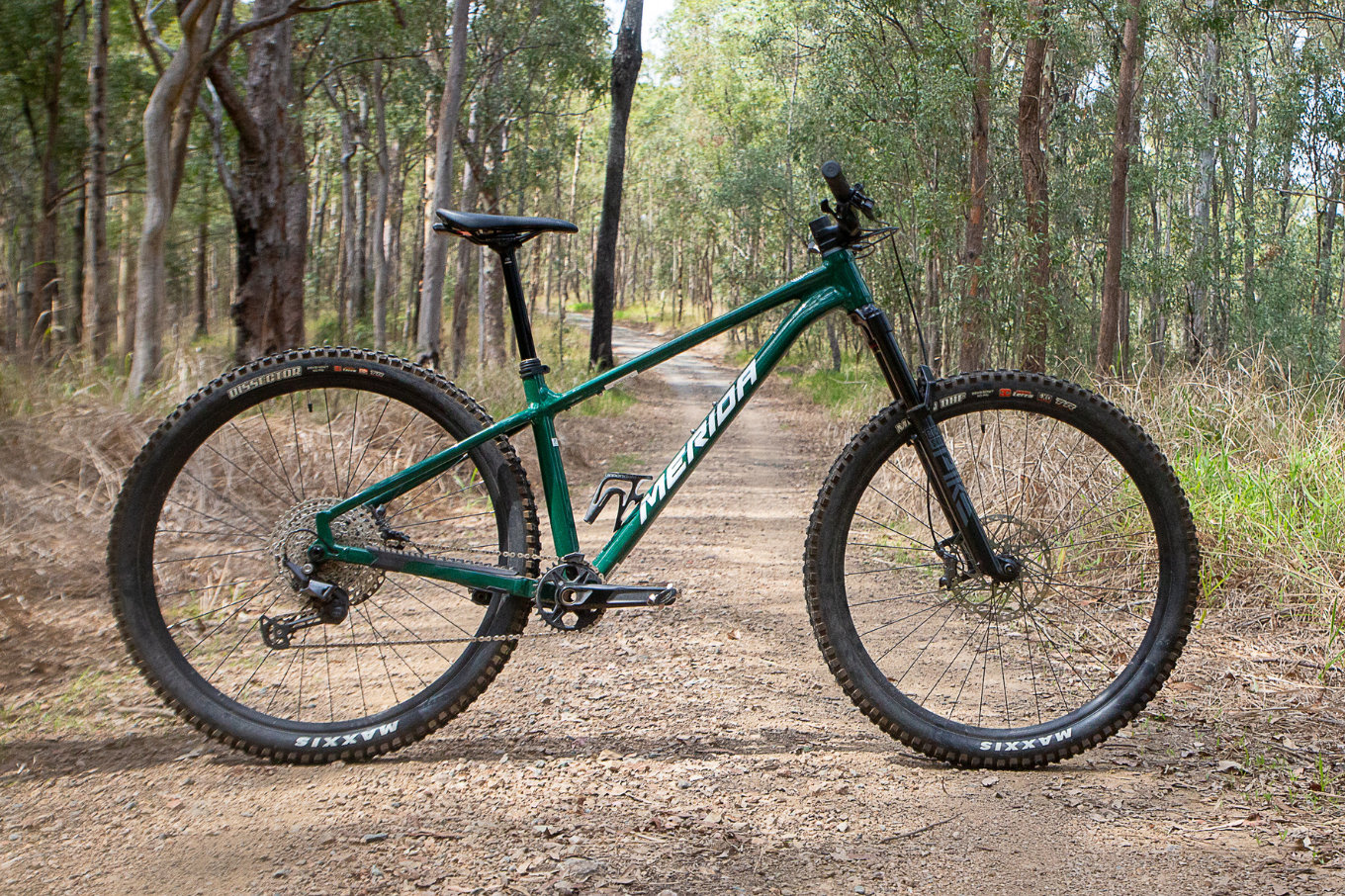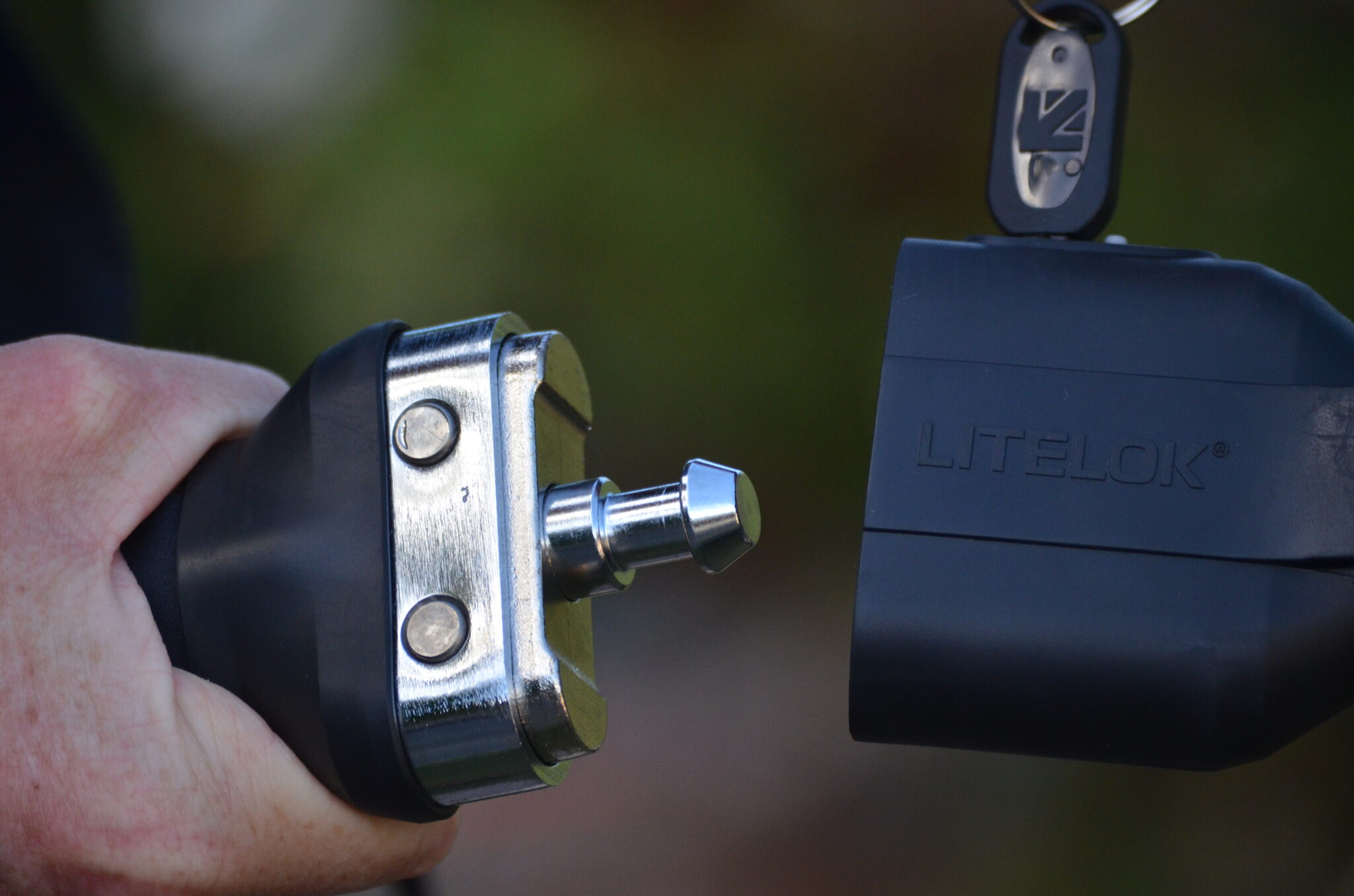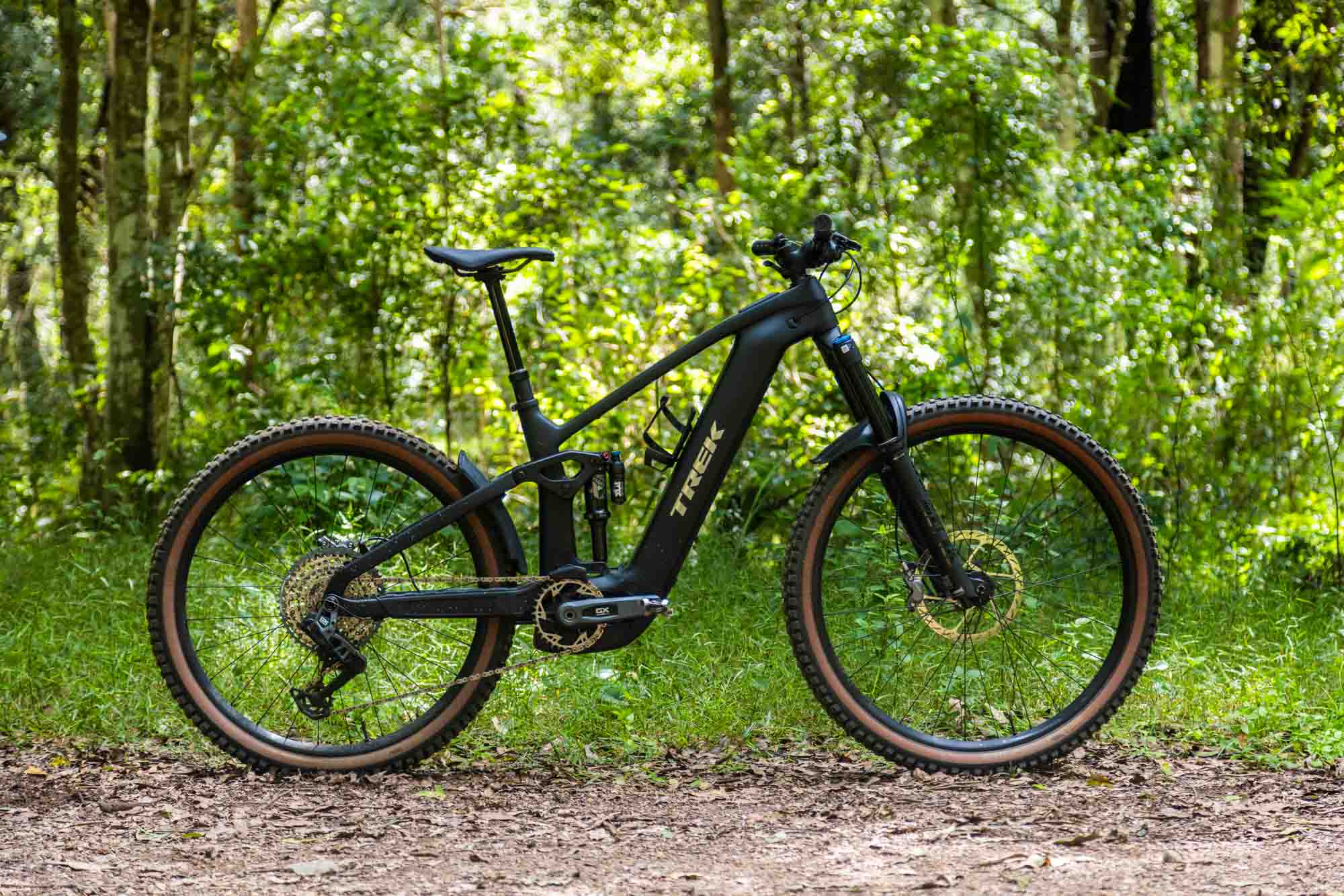TESTED: Whyte T-130C RS
In late 2014 Whyte delivered an awesome trail bike with the T-130. For 2016, they improved upon the original, with updated geometry and a carbon mainframe for some models.
In late 2014 we were sent one of the first Whyte T-130 trail bikes to arrive in Australia. The 27.5” wheeled, 130mm travel bike was eagerly anticipated, and was the type of bike many people were looking for. As we had already tested a T-129 120mm travel trail bike, plus the G-150 27.5” 150mm trail bike, and of course our long term tester the M-109C 100mm 29er race bike, we knew we liked how the Whyte bikes rode. While it would be hard to summarise the whole Whyte full-suspension range in an all-inclusive sentence, I'll try. Whyte's full-suspension bikes offer stable and agile geometry thanks to long front ends and short back ends, relaxed angles matched with a short cockpit, and the frames have design features that ensure they are a product to last.
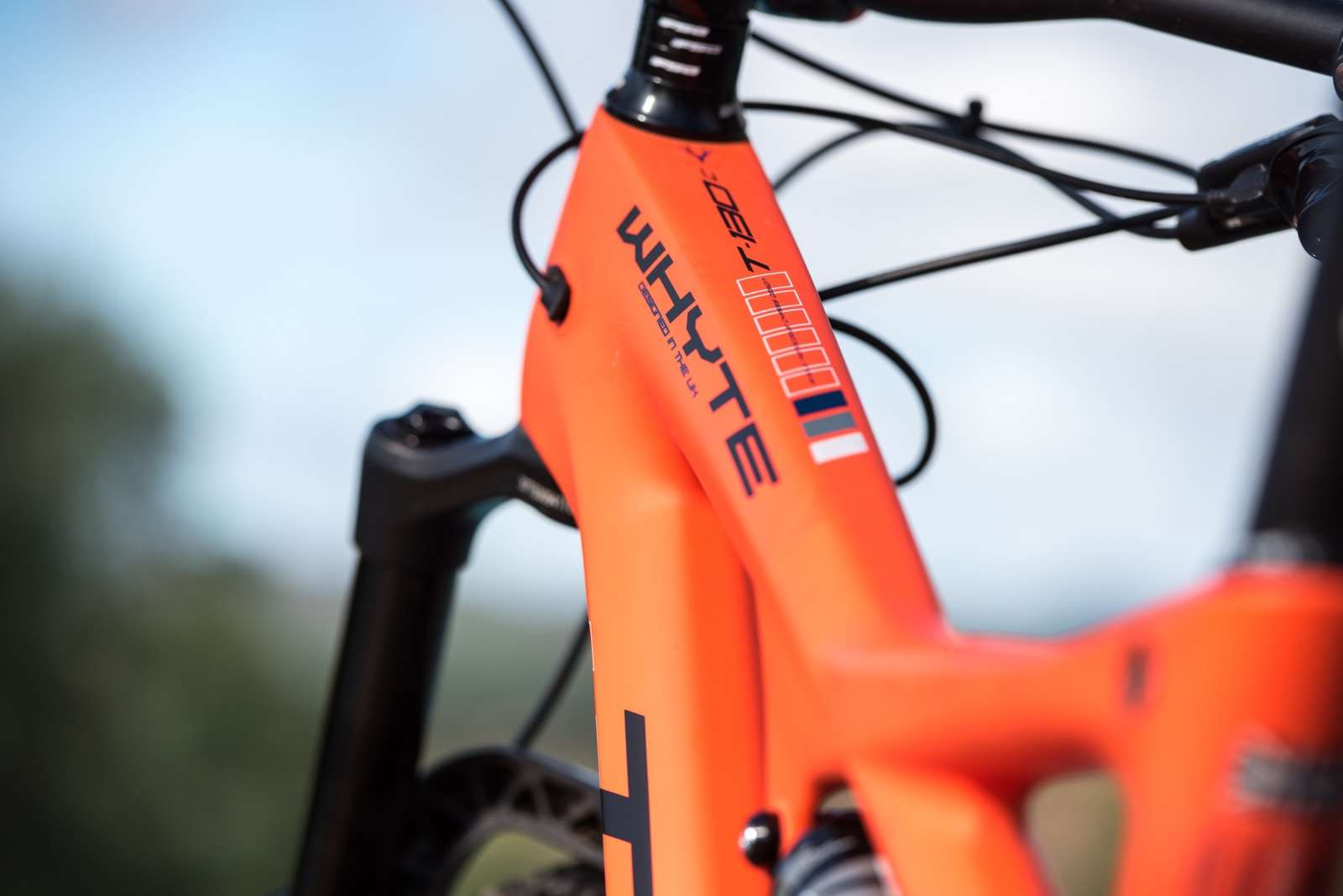
The Whyte T-130 Works model we tested was a perfect addition to the range, bringing in an alloy 27.5” wheeled, 130mm trail bike. With both 2x options and 1x specific 'SCR' models in the T130 range, Whyte had developed a bike that was exactly what a lot of the market was looking for. Add in their sealed bearings, and typical weather proof design features like sealed seat tubes and real threads in frames – and you're looking at a bike built for riding for many years to come.
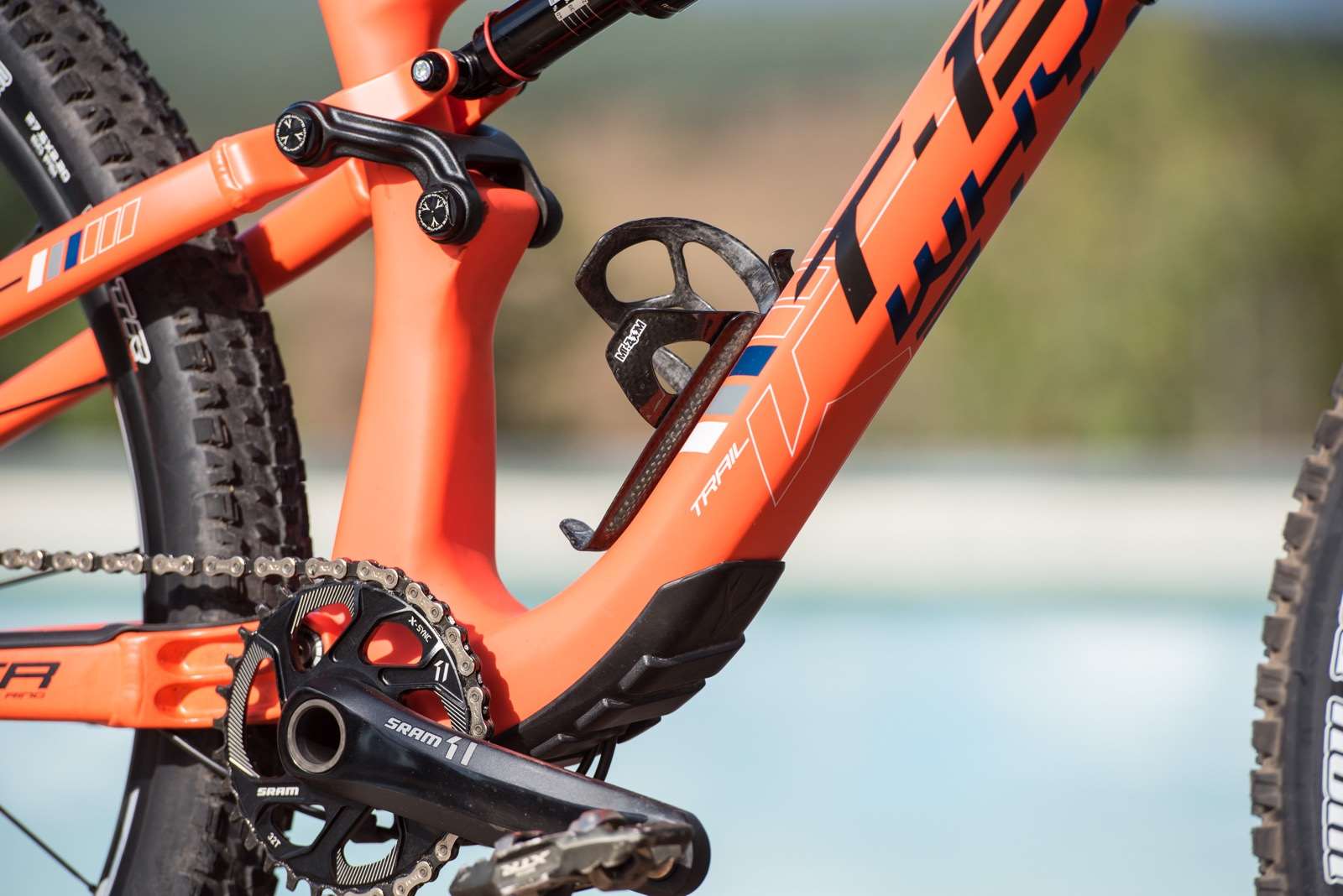
That said, while the suspension action, parts package and build quality were great, the geometry was close to perfect but perhaps not quite what you would expect from Whyte. We often felt that we were a little too short in the front end of the T-130. Combined with fairly agile handling thanks to a 69.5 degree head angle, it meant the Whyte wasn't as settled at speed as we would have expected, and it needed quite a steady hand in burlier sections of trail. That is exactly what some people want, but it didn't quite fit with the rest of Whyte's range, and felt a little sharp for the bike's intended purpose.
With the inevitable move to a carbon fibre main triangle coming, the Whyte designers and engineers took similar comments from other reviewers on board, and have now released the Whyte T-130 with revised geometry. The top tubes are longer, they have adopted the Boost spacing standard which allows for incredibly short 420mm chainstays, and the head angle is knocked back to 67 degrees.
The bright orange Whyte T-130C RS model we were sent to review was a completely different looking bike. While the build kit was near on identical, the longer frame, burly carbon main triangle, and slacker angles made the bike look aggressive and purposeful.
An eye for detail
With changes to the frame, many details have remained. Whyte still employ fully internal routing, including through the swing arm for the derailleur. This model is still 1x specific, with symmetrical chain stays and a wider pivot placement that allows for better tracking and rear end stiffness. There is ample room for a full-sized bottle, plus a mount on the upper section of the down tube for a mud guard if you see fit. The seat clamp is internal, and with a BSA threaded bottom bracket shell, plus inserts in the back end for calliper bolt threads and the 148×12 axle, stripped threads won't end the life of your frame.
Moving to Boost (148mm) spacing in the rear has really let Whyte make the back end tight. While also running a standard threaded BB shell, and the symmetrical chain stays and wider pivot point of their SCR 1x specific frame, Whyte have achieved a phenomenally short 420mm chain stay length, while still having plenty of mud clearance. That said, with the 2.2” Maxxis Ardent Race in the back, there isn't heaps of room to move to something like a 2.4” tyre.
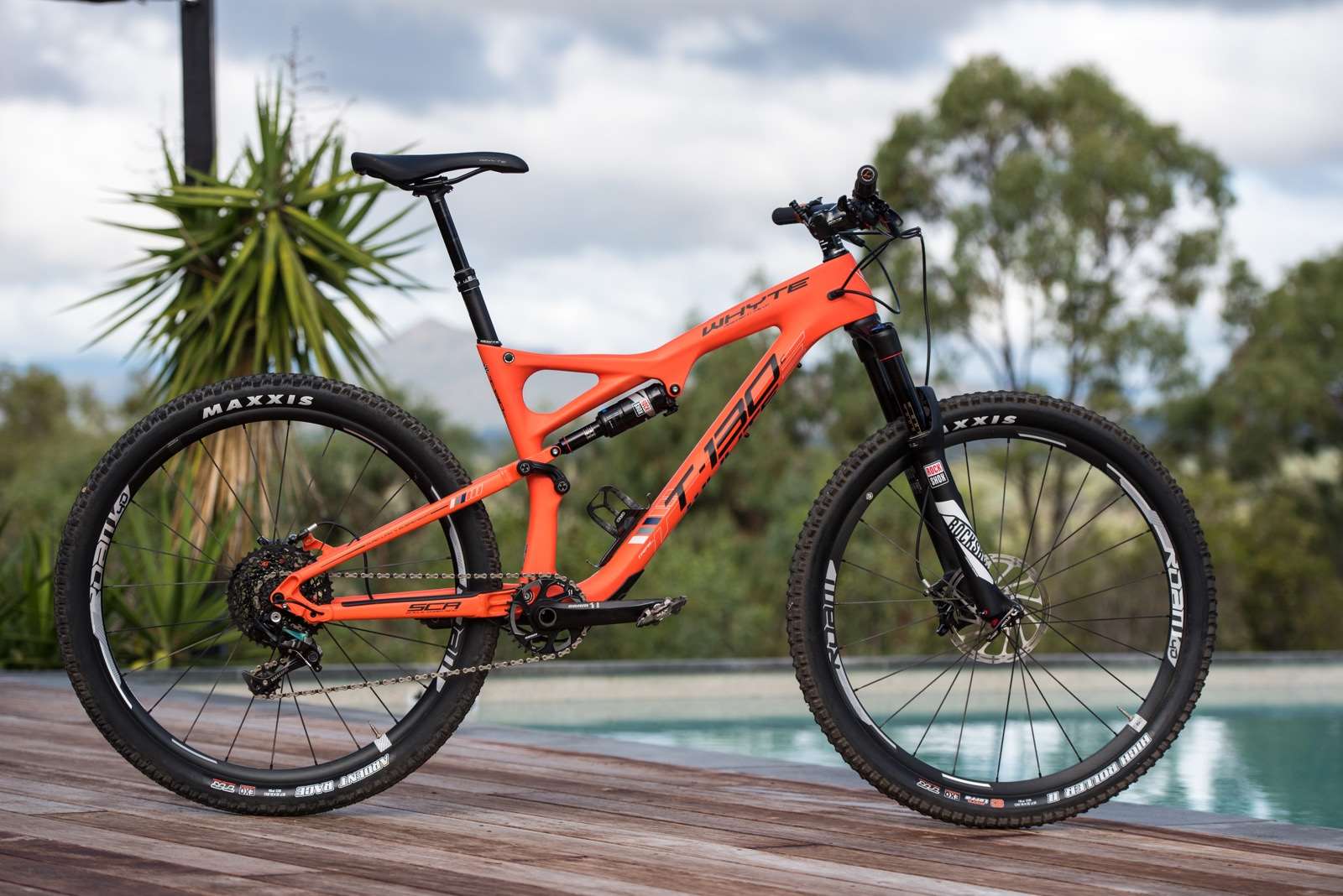
Taking to the trail
I've got a local loop that I start bike and product tests on, it has a bit of everything that you want for real world testing. Starting with a quick pedal through a park, along some back streets, up and along a fire trail – and then descending into tight and narrow singletrack that wraps itself around the side of the mountain that's behind where I live. It has a lot of what is needed to come to terms with a new bike right away.
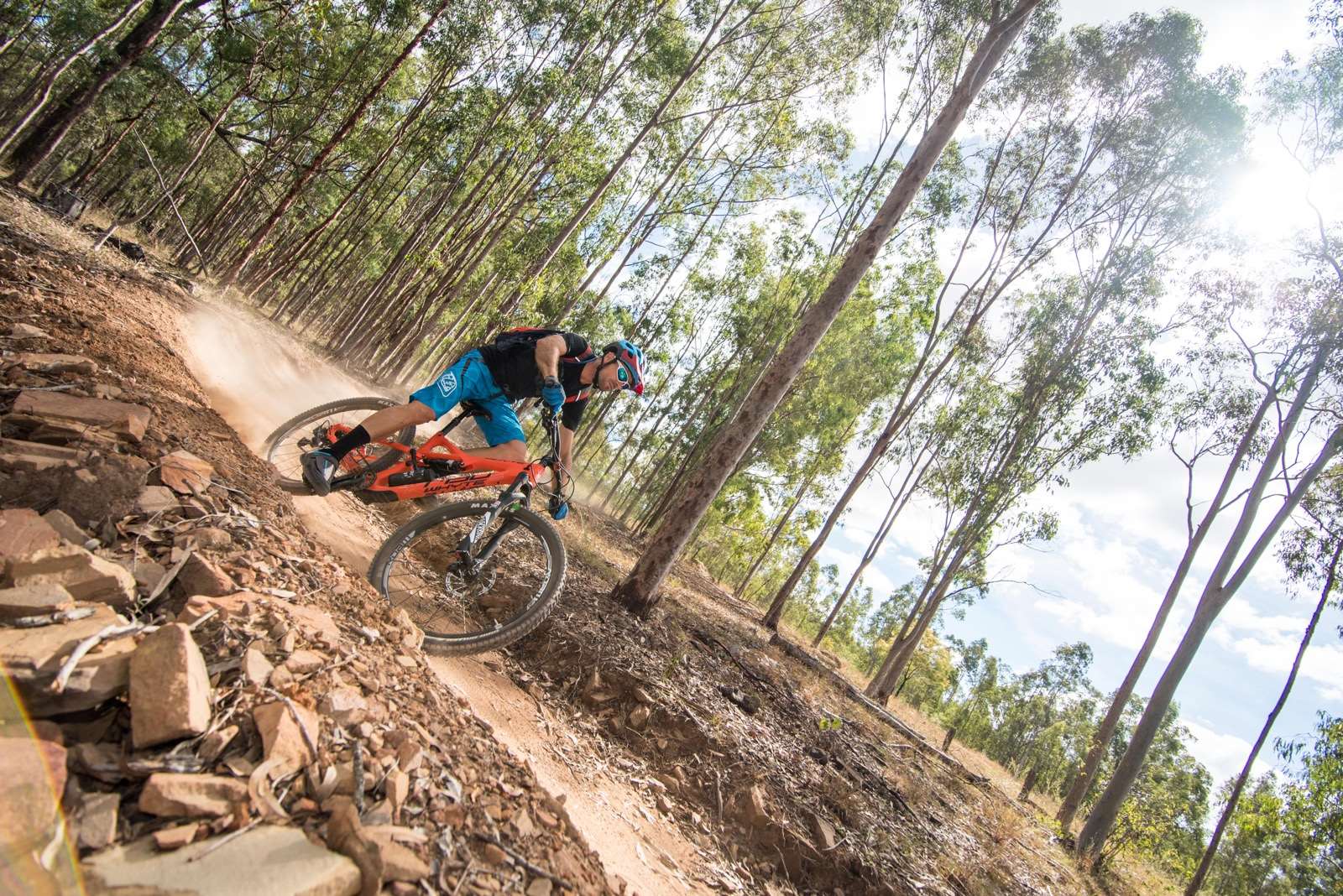
The change in geometry was immediately noticeable, even just playing around in the park. I'm still right on the fence with sizing, and I would probably test a large if you're about 178cm and not sure which way to go. But the extra length in the top tube and slacker head angle has created a very stable platform. To the point that when you ride along without your hands on the bars, the bike just wants to straighten up and track straight. Now, couple that with stiffer wheels thanks to the broader Boost spacing front and rear, plus a 2cm shorter stem and slightly wider handlebar than before, plus the super tight rear end – and you're having almost too much fun on singletrack.
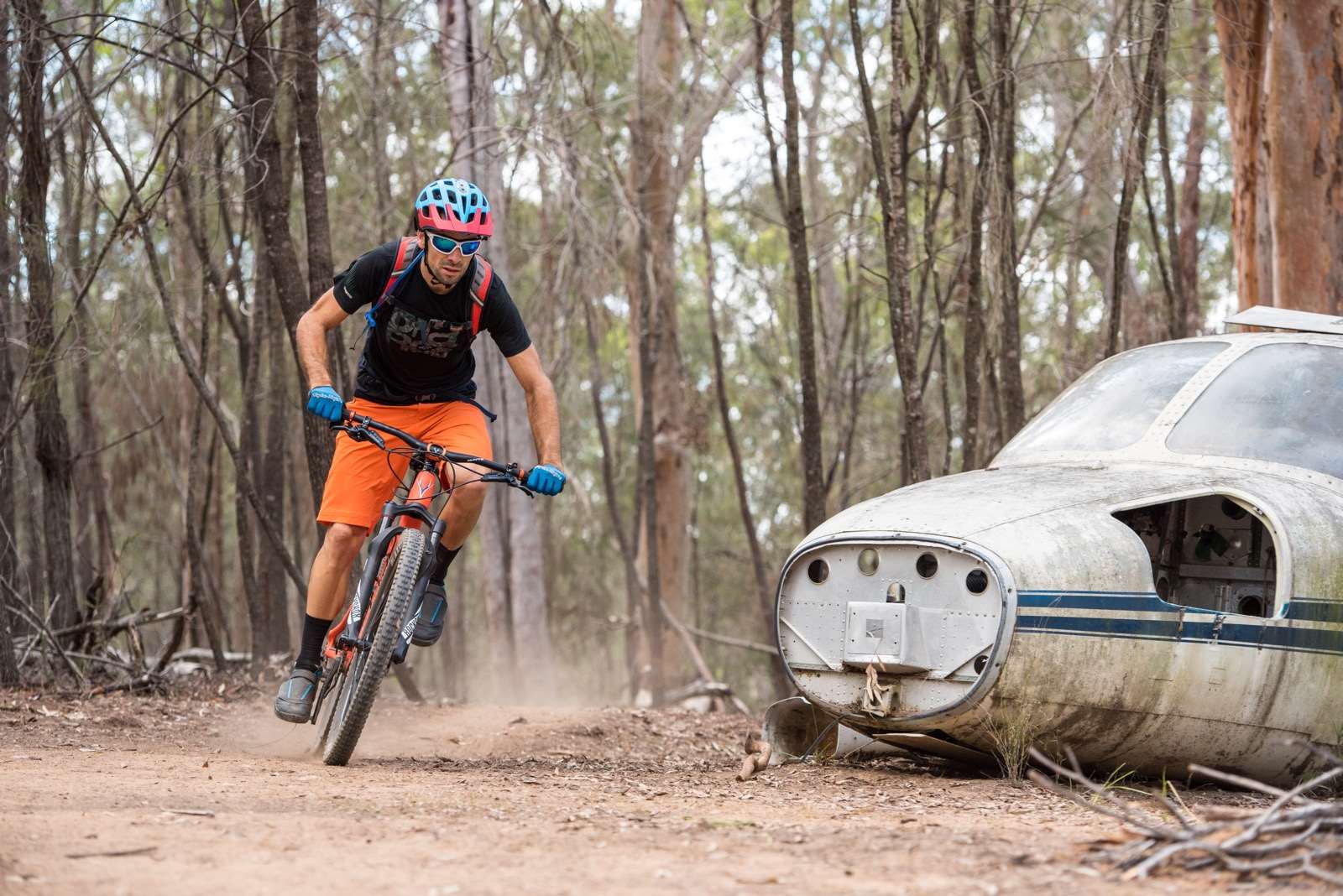
While the Whyte will keep a cool demeanour when meandering, as soon as you lift the speed, tip it over and push through the pedals it wants to carve into a corner. It's happy to change course at speed or going slow, rewarding more aggressive input either over the front or by shifting back and pushing hard. Plenty of manufacturers say that their bikes have that magic combination of stability and agility, but in terms of trail bikes the current Whyte T-130 is one of the best I've ridden that delivers what it promises, on par to the 29” Specialized Camber S-Works I tested last year.
The bike also responds really well to pedalling input, the short back end makes an effort over a rise easy, with the suspension grabbing plenty of traction but giving minimal bob. In that department, the RockShox Pike RC is obviously a clear standout in the market – there is a Yari equipped alloy model, and the Works carbon model wears a Fox Factory 34. The Monarch Debonair took a few rides to run in, but has made the bike feel super planted. It's not the kind of shock to have the rock solid pedalling platform that you find on an XC bike and some trail bikes – but the amount of movement on offer in the firmer setting means you aren't trading in traction just for the sake of locking it out.
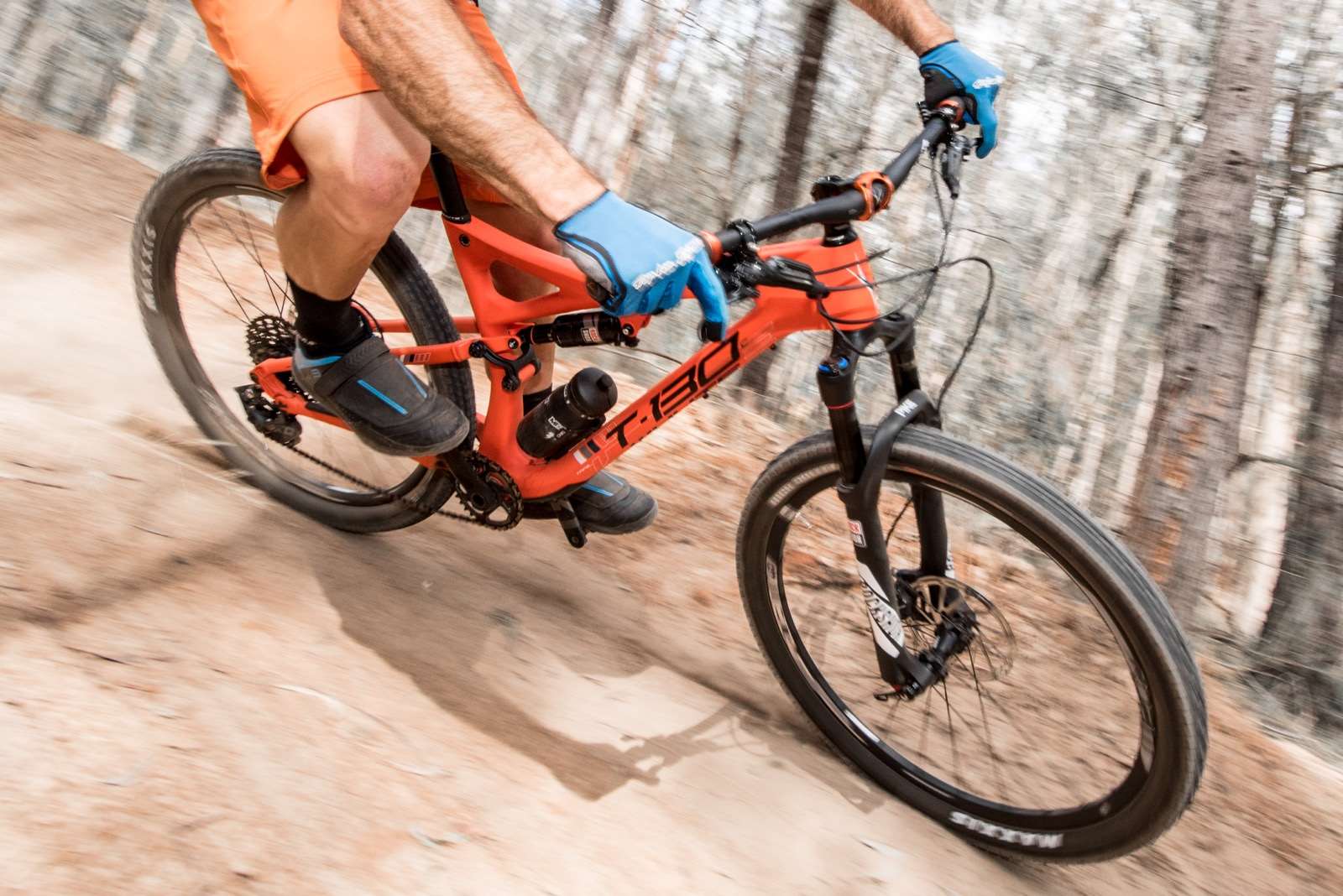
As a rule I always setup test bikes tubeless. And the SRAM Roam 40 wheels, Tubeless Ready tyres and some FRM sealant and valves made that easy. It was done with a clapped out track pump at home. I'm still surprised that the Roam 40 rims haven't increased in width, with just a 21mm internal width. Wider rims are an excellent standard for XC, trail and all-mountain riding and I do hope that more manufacturers invest in updating their rim profiles. NoTubes have just done so, which might mean there is a greater shift about to happen. That said, the Roam 40's felt great. They're a light wheel, and didn't burp the tyres even running lower pressures for traction on skatey terrain. The Maxxis High Roller II/Ardent Race combination was a little more aggressive than the last T-130 we tested, but suited the bike. This would be an easy part choice to tune for your own demands though.
With a full cable outer the SRAM X-1/X0 1×11 drivetrain shifted smoothly the entire test, and the Guide RS brakes are still up there with some of the better feeling brakes I have ridden. I would even say they feel better than XTR Trail brakes for the sort of riding the T-130 is targeted at, as the 4-piston brakes have plenty of power and modulation.
The longer top tube for 2016 has been met with a shorter stem and the handling benefits, both down hill and up. I did find Whyte's thin grips not to my liking but that's a small gripe. The only real downside to the build was the RockShox Reverb Stealth post, which felt pretty raspy out of the box. It would be an easy service item, but given I didn't really want to have that sent off and not ride the bike it's not something I did.
And that in itself was telling. Whyte clearly wanted to create a versatile bike with the T-130. Something less race oriented to the M109, more 'on trend' than the T-129 and more all-purpose than the G-150. And they have. The T-130 reacts to rider input with ease, but also offers a confidence inspiring stance and frame rigidity with the burly front carbon triangle. It runs silently due to the rubber internal hose and outer guides in the frame, and the suspension feel has been matched front to rear.
The revised T-130 showed no tendencies to feel nervous in extended rough sections of trail, or on fast descents, thanks to the longer and slacker geometry. But it hasn't lost any of the agility either. All the trails I tested the bike on are reasonably groomed – and if not they are still popular enough to have most roll overs built up a little. So while I benefited from the 331mm low bottom bracket height, it might feel too low for some. As it is, it's one part of the equation that makes this bike corner like it is on rails, and given the ground clearance that 1x drivetrains afford, it's an excellent compromise.
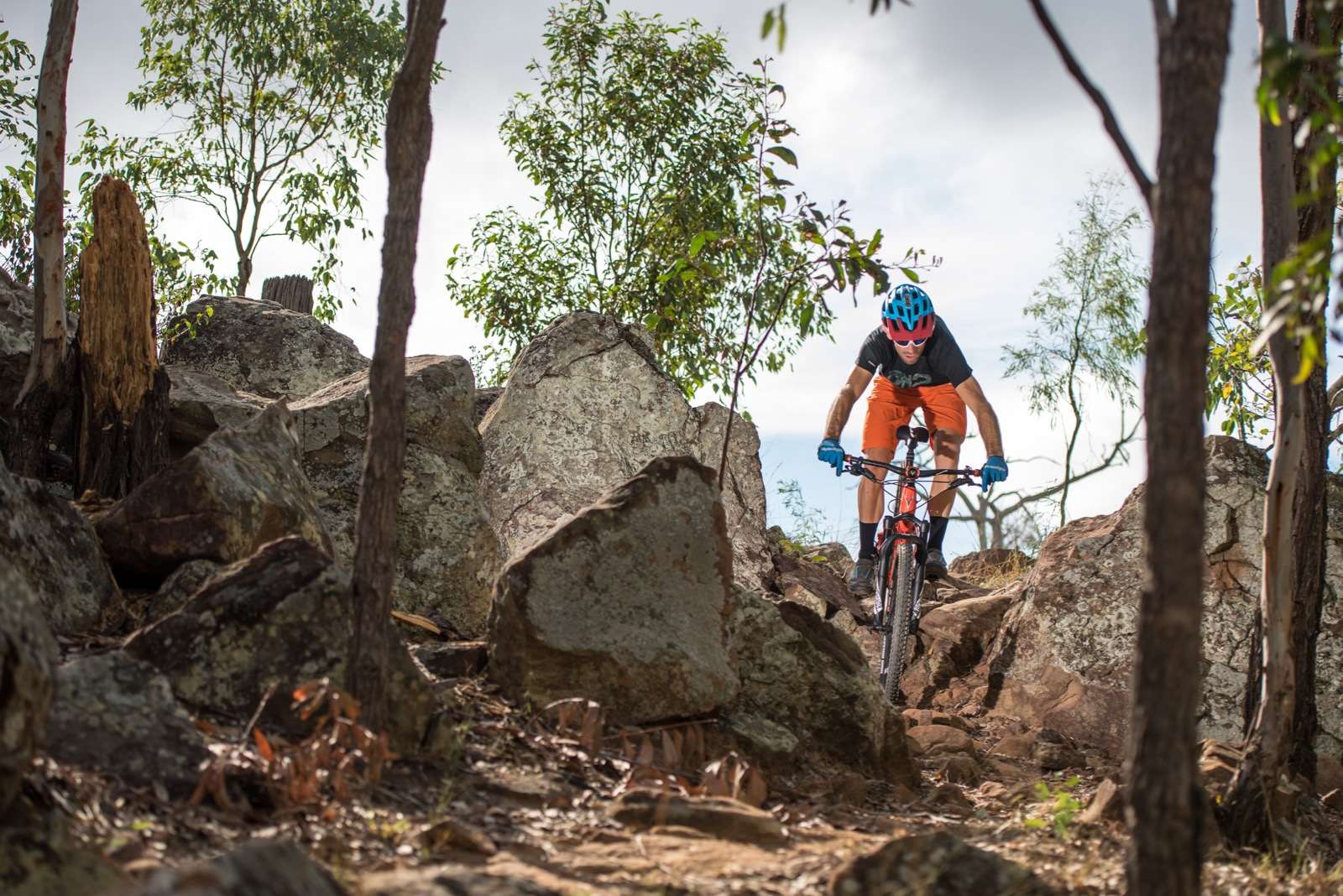
Final thoughts
I was already really impressed with the first iteration of the T-130. But the revised geometry and carbon main frame have made a great bike superb. The extra stability via the geometry and frame stiffness has created a bike that is supremely capable – probably more so than you might expect for a 130mm trail bike. Under the right rider this bike is going to be far more capable than many 130mm travel bikes on the market, and would be well-suited to Australia's burgeoning trail centres just as it would be comfortable lining up for a Gravity Enduro with a few race specific refinements. Whyte don't have the big name of other brands, but they have a design team that knows and understands mountain biking, and they have created a truly versatile trail bike that has been built to last many years.
RRP: $7695 (but check for 2017 prices – allan@carbuta.com.au)

